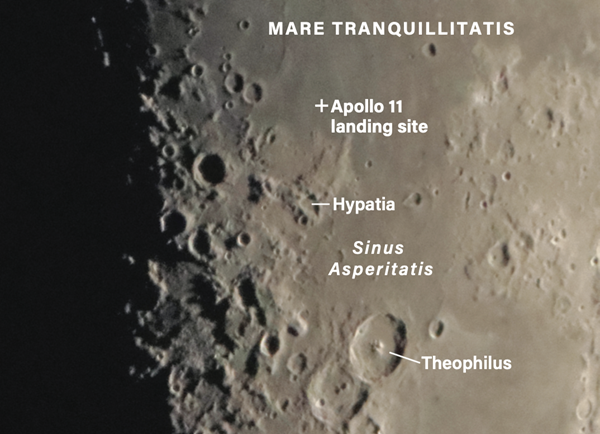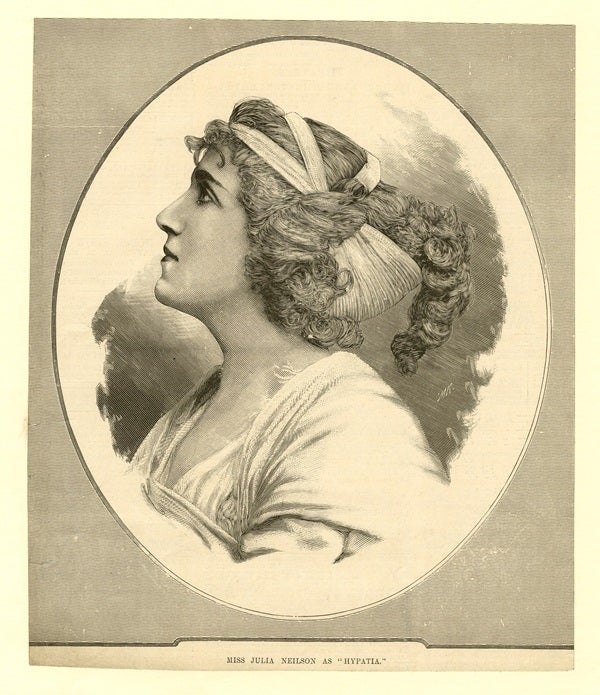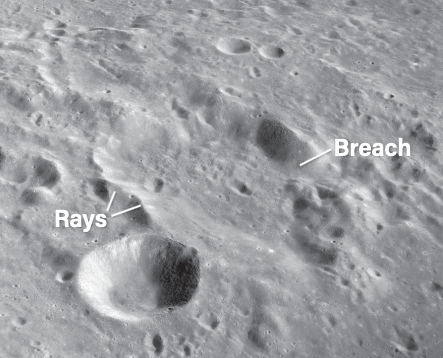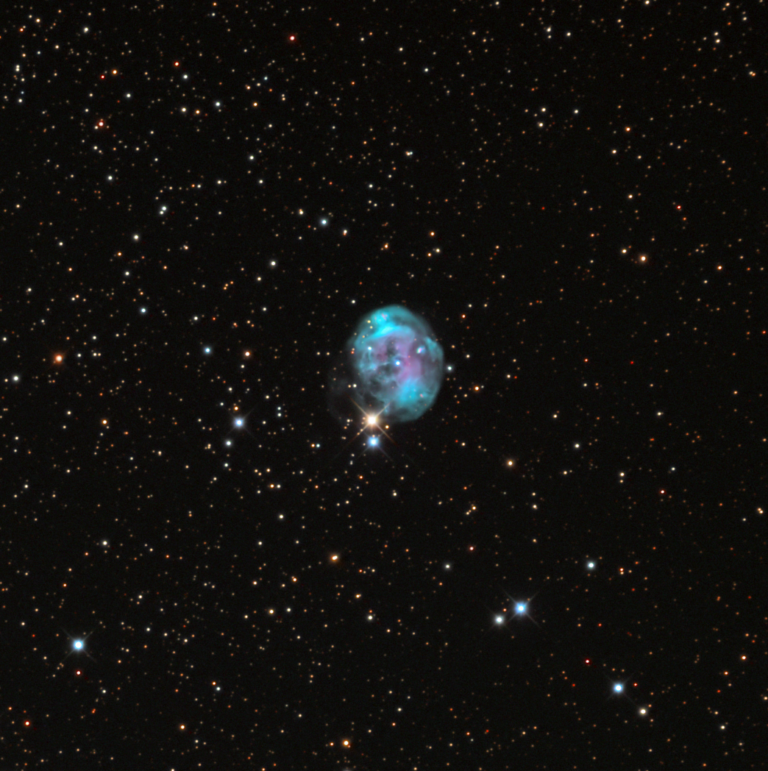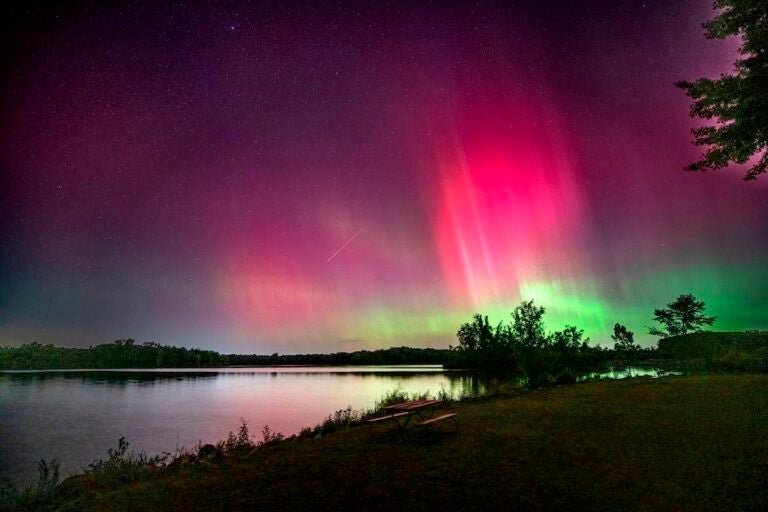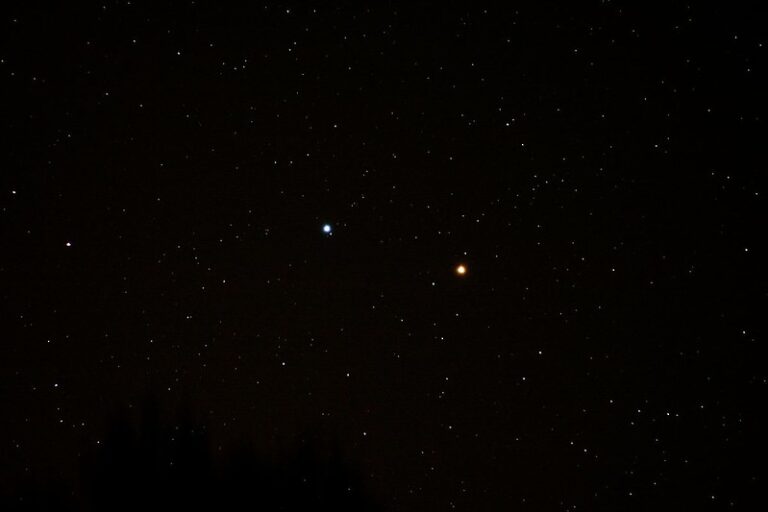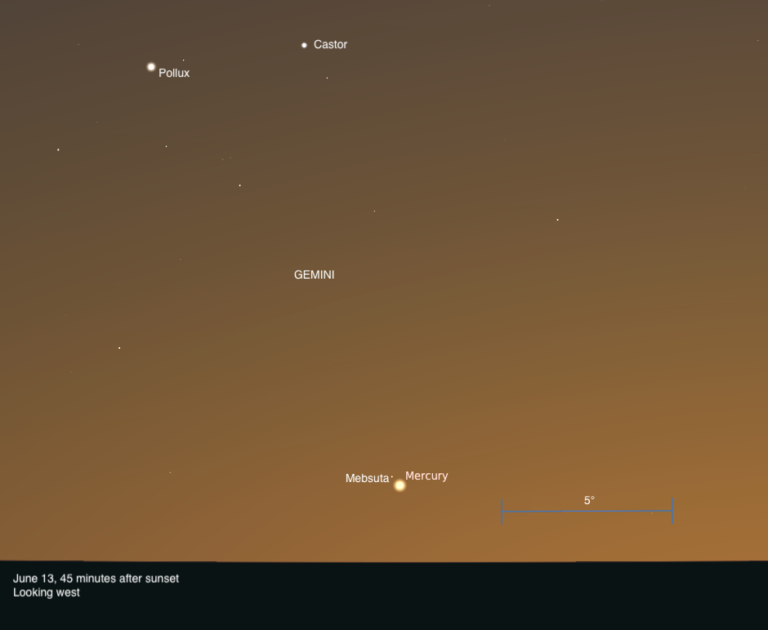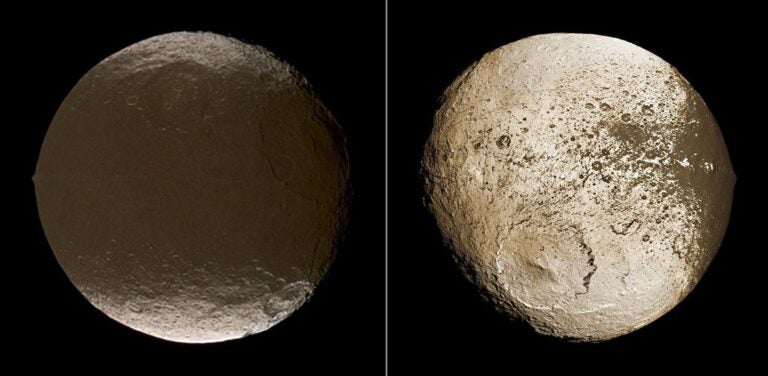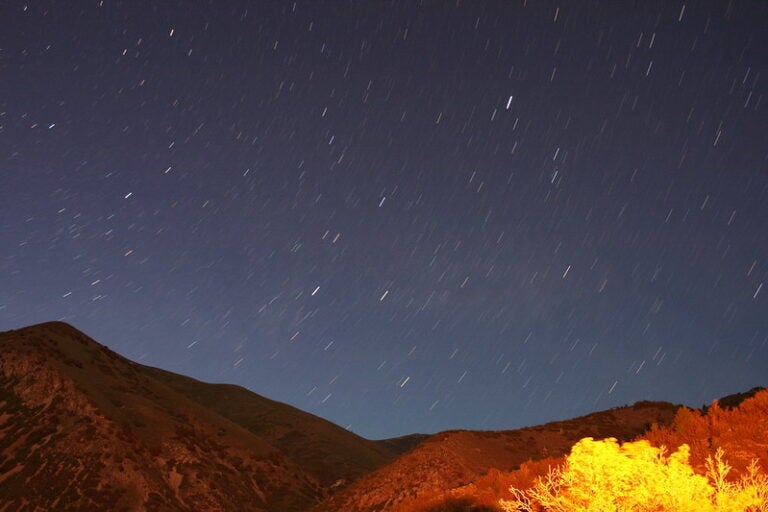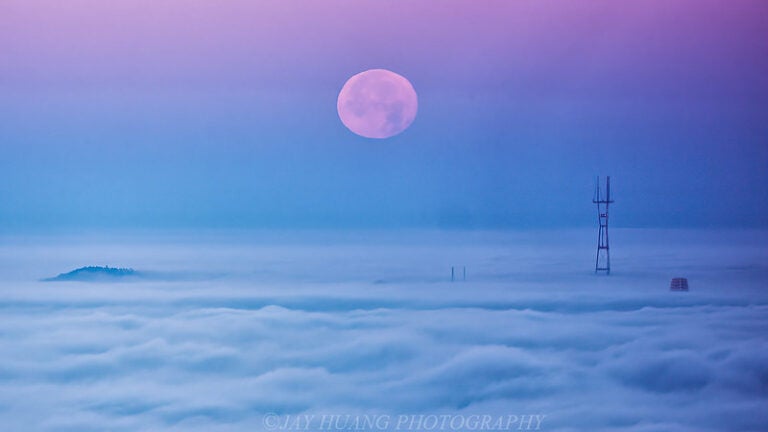The dynamic interplay of light and shadow across the lunar face is a perpetual source of visual wonder — and, sometimes, puzzlement.
Nearly 40 years ago, Terry Atwood of Shreveport, Louisiana, saw one such display in the crater Hypatia. The feature lies in a tiny promontory of equatorial lunar highland, just south of the Apollo 11 landing site in Mare Tranquillitatis (Sea of Tranquillity). The crater’s name honors Hypatia of Egypt (circa a.d. 370–415), the first woman known to have made a substantial contribution to the development of mathematics.
Under the right geometry, a ray of sunlight can slice across Hypatia’s otherwise shadowed crater floor. Such an event is likely best seen around a solar colongitude of 350° (or about 10° shy of First Quarter) — with the Sun about 13° high in the lunar sky as seen from Hypatia. In that case, the events are likely to next occur Feb. 27 at 1h26m UT and April 27 at 3h30m UT.
But on Jan. 16, 1986, Atwood saw a phenomenon which may be a visual prelude to the well-known ray. He was using his 8-inch Cave Astrola reflector to search for the tiny craters named after the Apollo 11 astronauts when, at 1h13m UT, he saw two rays of light suddenly “flash” into view in Hypatia. The view was akin to being in a dark room when a door suddenly opens a crack, allowing light to stream in. “The light flashed on,” Atwood says, “and stayed on.”
At the time of Atwood’s sighting, the Moon was five and a half days after New, at colongitude 333° — well before the expected ray should appear on the crater’s irregular floor. Indeed, Atwood’s friend, Roy Parish (former coordinator of the Lunar Section of the Association of Lunar and Planetary Observers), determined that Atwood’s flash took place when the Sun was about 3.5° below the lunar horizon, as seen from the center of the Hypatia’s floor. However, Parish notes that the Sun’s altitude would only have to be about 1° high to illuminate the hilltops north of the crater’s floor. (The crater has no central peak.)
Atwood’s sighting, then, just may be the earliest known record of the first glints of sunlight slipping through the gap in Hypatia’s eastern wall on its way to start the ray. It’s possible that atmospheric seeing may have produced distortions that magnified the apparent flash.
But why then did Atwood see two rays? Here is a hypothesis. The United States Geological Survey’s Geologic Atlas of the Moon shows that Hypatia’s walls have a high albedo (meaning they are highly reflective), suggesting the presence of freshly exposed volcanic material. Furthermore, an image of the crater taken by Apollo 16’s mapping camera shows several upright bright streaks on the crater’s western wall just opposite the breach. The higher elevation of these bright streaks might explain Atwood’s dual-ray phenomenon and why it appeared at such a low Sun angle.
Is it possible, under the right viewing geometry, for sunlight to glint off structures of volcanic glass within the streaks as the Sun nears rising, creating a striking prelude to the Hypatia ray? More observations are needed to solve this mystery.
As Atwood says, “I remember a professor saying that the faintest note is worth the fondest memory.” Atwood’s words recall those of Hypatia’s father, also a renowned mathematician, who is said to have told her, “Reserve your right to think, for even to think wrongly is better than not to think at all.”
As always, send your thoughts and observations to sjomeara31@gmail.com.

